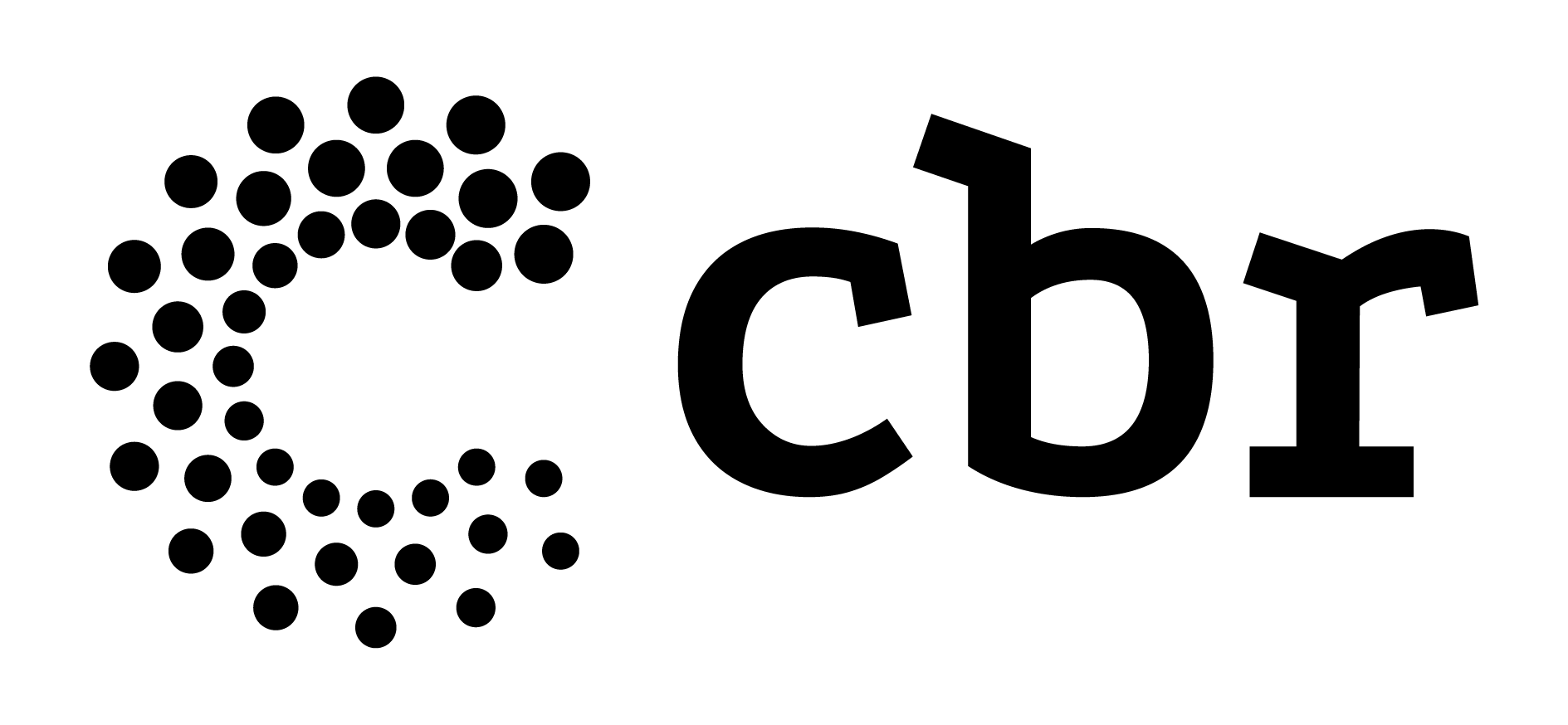“Diagnostic Reference Levels – DRL (Dose Reference Levels): What is the importance for the radiologist and what should we know?”. This was the subject of a webinar held by the Radiological Protection Commission of the Brazilian College of Radiology and Image Diagnosis (CBR), on the night of July 18 (watch the link below).
The online conference had a lecture by the Portuguese Graciano Paulo, professor at the School of Health of the Polytechnic Institute of the University of Coimbra, in Portugal, and director of the Collaborative Center of the World Health Organization (WHO) for Radiological Protection. “He is an extremely qualified person, extremely competent in this field”, highlighted the president of the CBR, Valdair Muglia.
Graciano Paulo highlighted CBR's effort to keep the topic in the spotlight and defended the importance of implementing and complying with the DRL. “The technology is evolving in such a way that it allows progressively lower doses to be carried out, but what we are seeing is the opposite. Technology is increasing and the dose is progressively increasing as well. And that's why it's important to implement this DRL concept,” he said.
“The DRL is basically a unit of measurement, obviously associated with each of the modernities, conventional radiology, computed tomography, interventional radiology, whatever the activity, to keep it within the parameters that allow an adequate diagnosis”, explained the specialist. Portuguese. “It is obvious that the more radiation I use, the better image I will have. But the radiologist must, obligatorily, deconstruct this concept, because what the radiologist must have is the necessary image to make a report and reach a clinical conclusion, a clinical diagnosis. And this must be done with a more adequate dose”, he continued.
Graciano Paulo presented surveys that show great differences in the ampoule used by radiologists to perform the same exam in patients with similar profiles. “What experience shows us is that, in the same service, a patient with the same typology, who undergoes an examination with different specialists, is exposed to different radiation. It's because? Because the options for the same exam are different. In the case of computed tomography, it gets to the point where, in the tomograph itself, we have different protocols depending on the doctor, such as chest for Doctor A or chest for Doctor B… This cannot be done. We have to harmonize the procedures.”
He defended that “the DRL is a powerful optimization tool” and that: “the Diagnostic Reference Level basically serves as a benchmarking for me to compare my practice with a reference value that is, or should be, published”. Graciano Paulo also pointed out that “the advantages of the DRL are enormous for everyone: for the hospital, for the patients, for the professionals, for the country”. In the European Union, DRL implementation is mandatory by law, he said.
Portal will gather information about DRL in Brazil
Mônica Oliveira Bernardo, coordinator of the Radiological Protection Commission (CPR) of the CBR, presented a portal on Diagnostic Reference Levels in Brazil. The project is carried out through a joint venture between the College, the Brazilian Medical Association (AMB), the Brazilian Association of Medical Physics, Polytechnic of Coimbra and Latin Safe. It is an initiative in Brazil and Latin America, following international guidelines, which aims to optimize radiological examinations, promoting patient safety. More details will be presented during the 51st Brazilian Congress of Radiology and Diagnostic Imaging (CBR22), which takes place from the 1st to the 3rd of September, in Florianópolis (SC).
CBR also promotes a survey on radiological protection and Diagnostic Reference Levels in Brazil. Click here to participate.
Mônica Oliveira Bernardo provided the e-mail of the Radiological Protection Commission to clarify doubts on the subject: comissaoprotecaoradiologica@cbr.org.br.
The webinar also had the participation of the following CPR members: Alair Sarmet Santos (former president of the College), Marcel Zago and Rochelle Lykawka. Also participating were the scientific director of CBR, Luciana Costa, and Adriano Tachibana, member of the Commission for Accreditation in Diagnostic Imaging (Cadi).
Watch the CBR Webinar on Diagnostic Reference Levels – DRL





